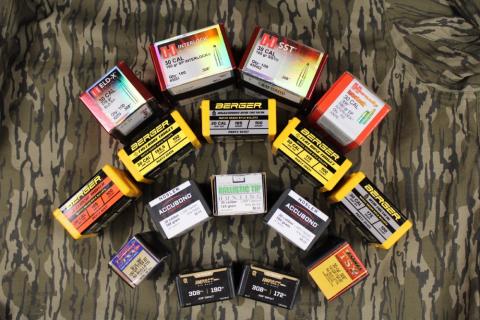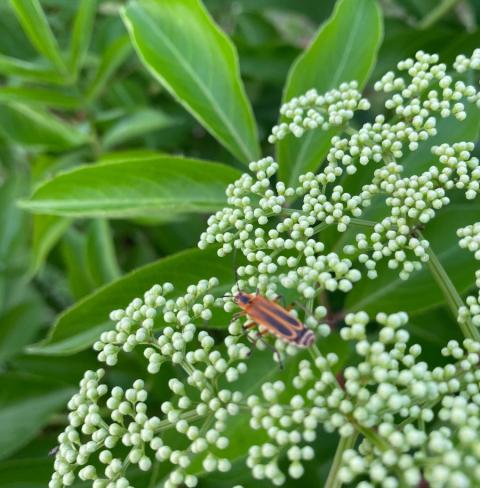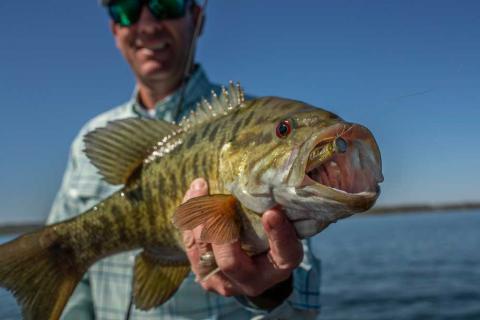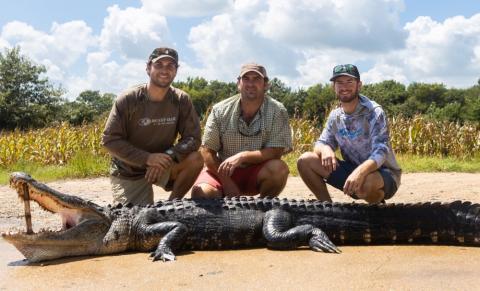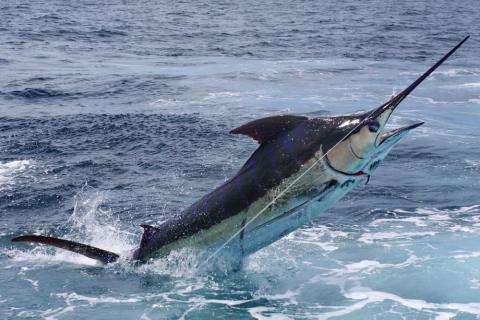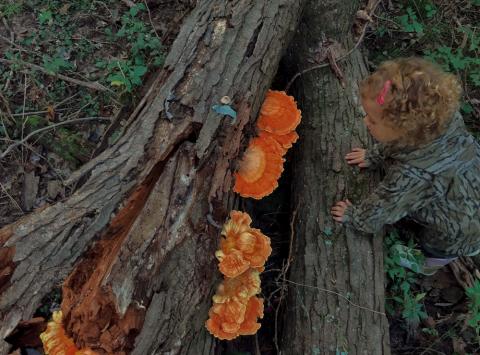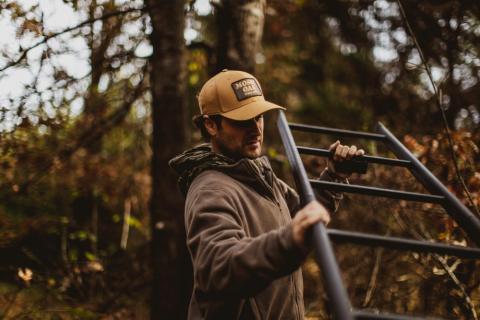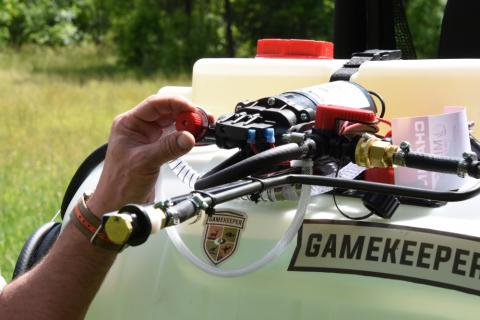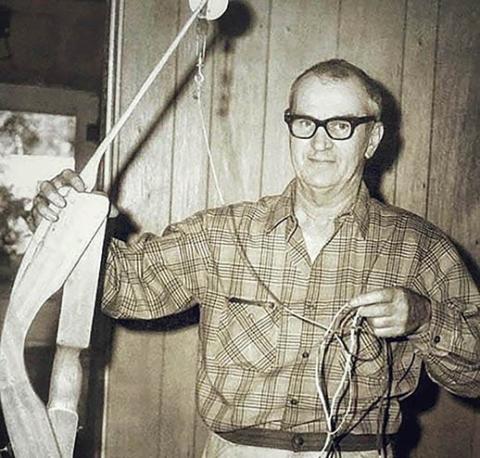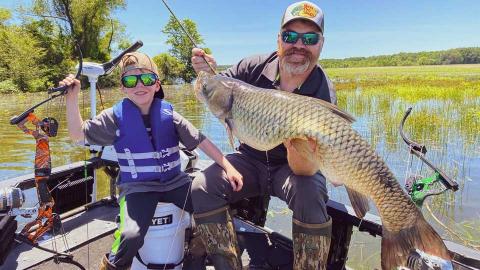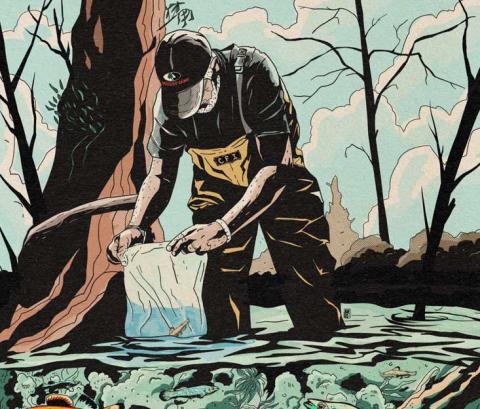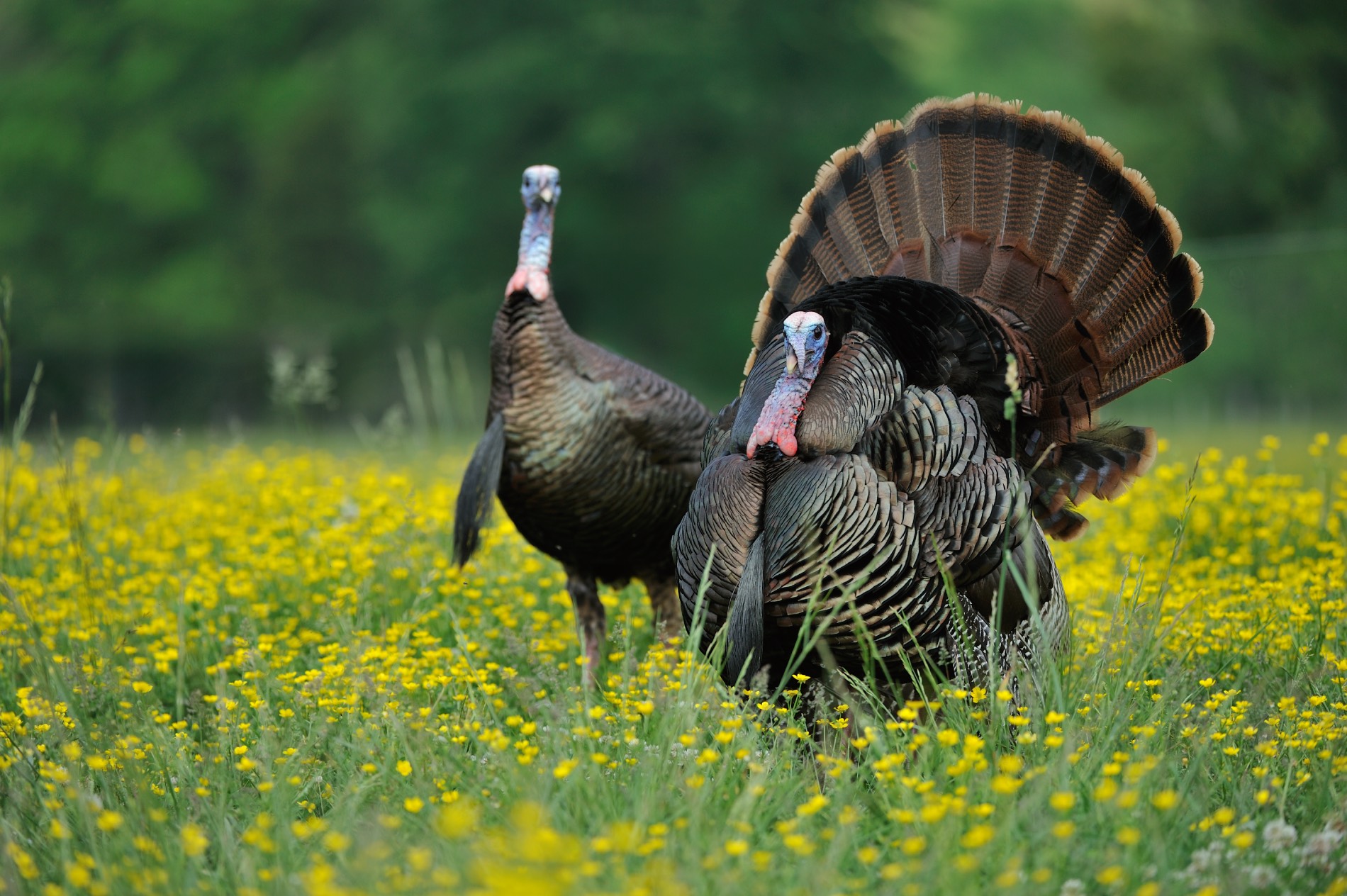
by Bob Humphrey
Sometimes it’s clear when to shoot and when to wait. Sometimes it’s not.
The bird I’d been calling to for some time finally cleared the woodline, entered the field and slowly marched in our direction, and the hunter seated beside me could barely contain himself. This was his first turkey hunt and after several failed attempts it looked like we would finally seal the deal, if he could stop shaking long enough to make a clean shot. When the bird stopped at 60 yards and puffed up in full strut I heard the safety click off. The words, “Don’t shoot,” were already forming on the tip of my tongue when his gun went off. Through the lingering gun smoke we both watched the bird beat a hasty retreat.
I’m not sure which one of us was more disappointed. I’d worked hard to put that bird in front of us and in a few more minutes it would have been a chip shot. But this was his first close encounter and the excitement and inexperience prompted his hasty action. He was also a little embarrassed and I tried to assuage that by taking part of the blame for not properly instructing him on when to shoot and when not to.
Anyone who has taken a hunter safety class, which is most everyone nowadays has received basic Shoot - Don’t Shoot instructions: Identify your target, wait for a clear shot, be aware of what’s behind and beyond. That still doesn’t properly prepare you for some of the scenarios you might encounter while turkey hunting. Here are a few that might help guide hunters to a safer, more successful ending.
Double Trouble
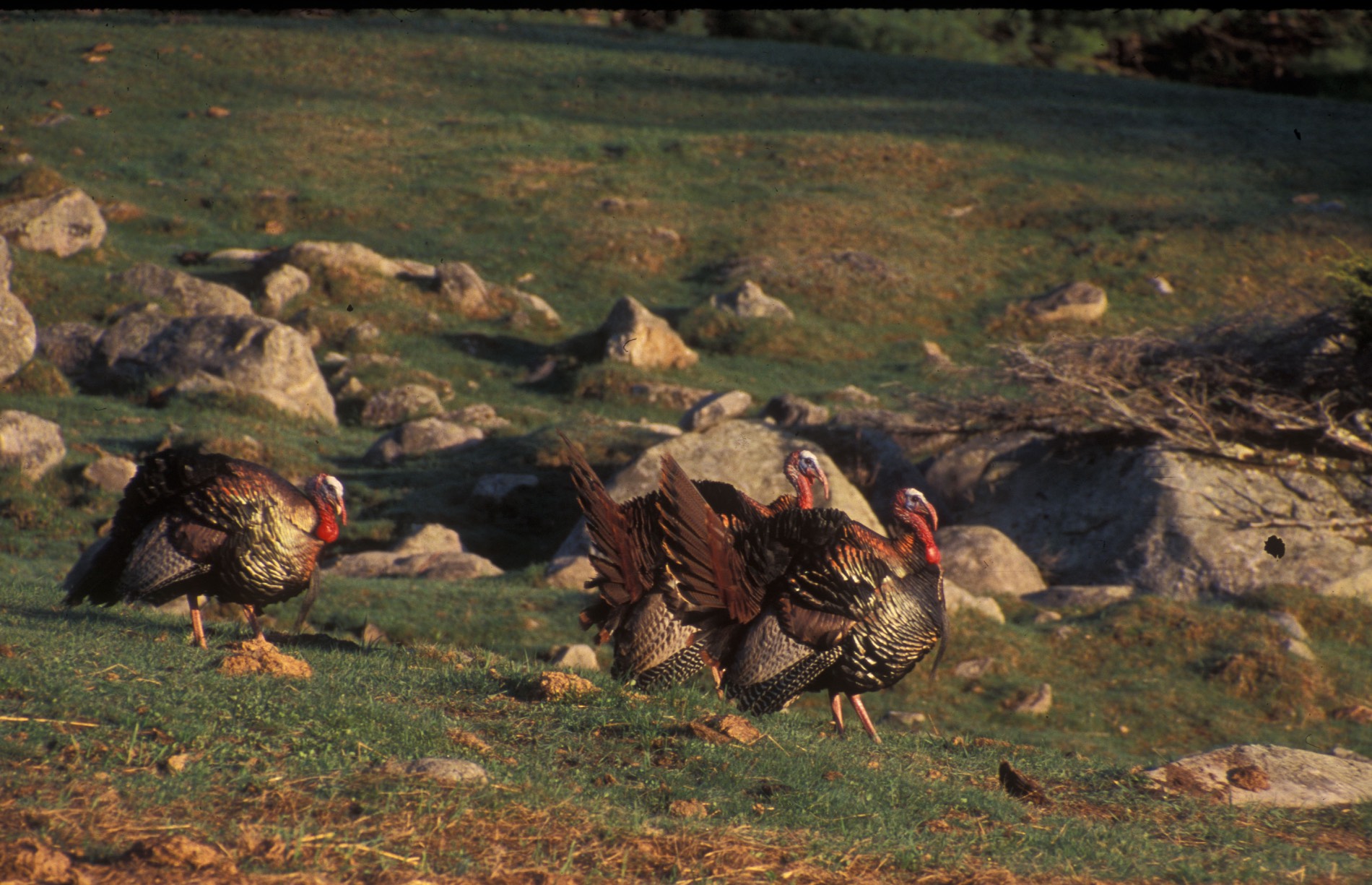
We were working a flock of Georgia birds one morning containing four longbeards and a bunch of hens. As there were two guns in our group we decided to try and double up, and all was going well until the birds locked up just inside the limit of gun range. I was holding steady on the bird on my side when my partner fired, prompting me to do likewise. But in the split second between shots the other birds had moved and we walked up to 3 dead longbeards. Fortunately, I had two tags, but I was hoping save the second to extend my hunt a little longer.
That points out a couple circumstances that might cause you to be a little more cautious. One is having multiple birds present. I don’t have enough fingers and toes to count the number of times I’ve had to wait for turkeys to separate so I could avoid collateral damage, but I’ve learned to do so, and occasionally let birds walk because they never cleared; better safe than sorry.
The other is trying to double up. More often than not, something seems to go wrong. I’ve completely abandoned trying the old “1-2-3, shoot.” Turkey reflexes are quicker than ours and
If you’re going to attempt a double, it’s often a better idea to have the second shooter wait a second or two after the first shot to acquire their target and shoot. Or, just enjoy your partner’s success and let them enjoy yours on a later hunt.
Obstruction
I was working a particularly frustrating flock for a hunter one afternoon. Rather than coming straight in, they kept circling us, prompting a circus act of revolving around a tree trunk to be facing the right direction. By the time the birds finally committed, my hunter was in a very awkward position and the only way he could shoot was by shifting from right to left-hand shooting. The gun went off and so did the turkeys, without leaving so much as a feather behind. A later review of the video footage showed that most of his pattern had taken out the side of a dead tree a few feet in front of us.
That was an obvious obstruction but it’s amazing how little it takes to absorb a pattern of shot before it reaches the target. A mesquite bush, a tangle of vines, even a clump of broom sedge can turn a hit into a miss or worse, a wounded bird. You’ll find the solution back in your hunter safety manual: When in doubt, don’t shoot.
Limiting Factors
There seems to be a lot, perhaps too much emphasis on long range turkey guns lately. You may have the biggest, baddest bang stick with the tightest choke and the heaviest loads, capable of dropping a bird at 50 yards or more. That’s under ideal conditions, shooting off a bench at a stationary paper target. There are a lot more variables in a hunting scenario, like obstructions, moving targets and your own excitement, not to mention errors in judging distance. Besides, the essence of spring turkey hunting is to get them close enough so there’s no question your pattern will do it’s job. If you have any doubts about distance, let them walk.
Conclusion
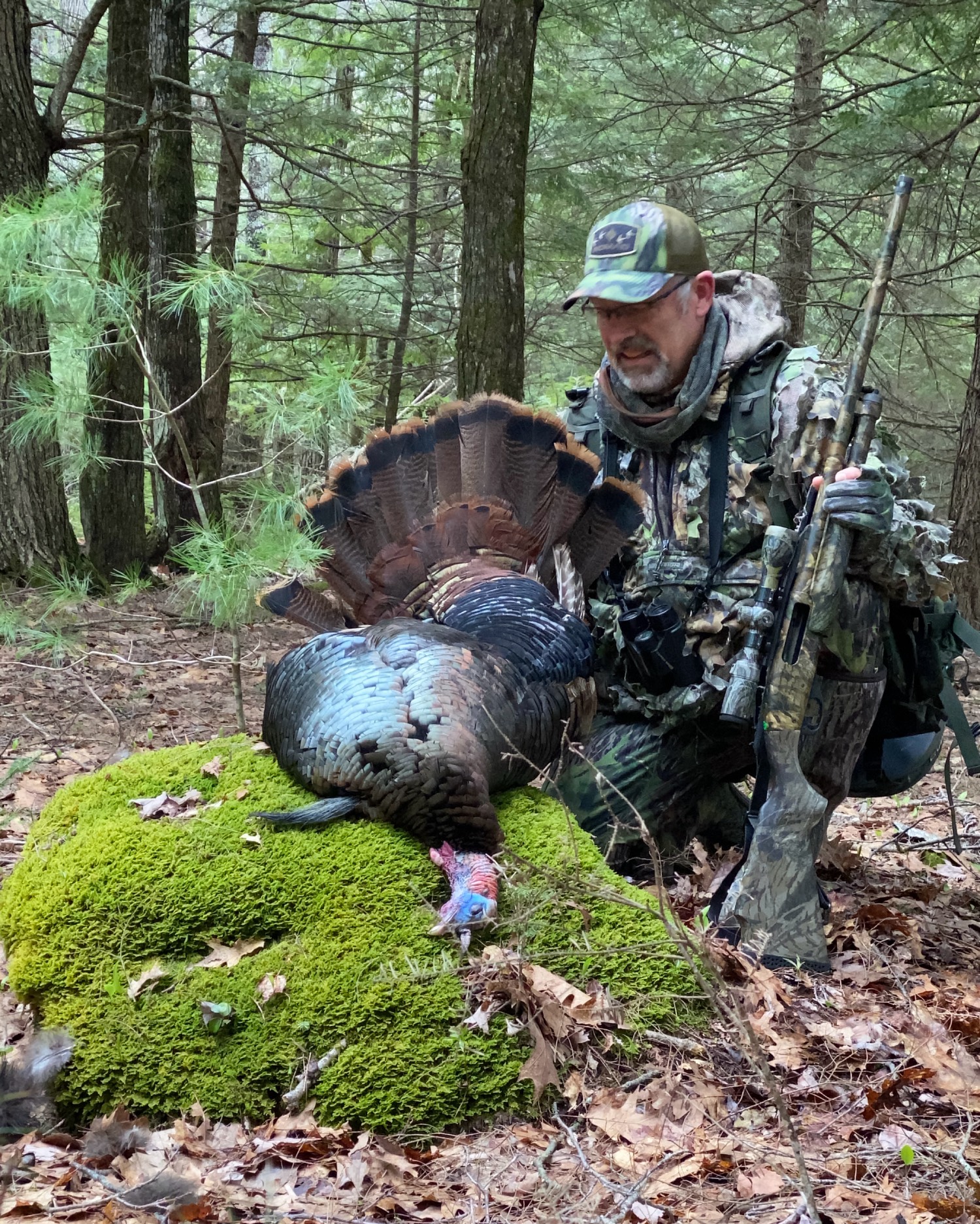
Perhaps the best advice I can offer is to have the right attitude. I continually remind myself, “If it was meant to be, it will happen.” We don’t always get the perfect shot opportunity, but so what? When we lose in the game of turkey hunting, we get to keep playing. The turkey only gets to lose once.














